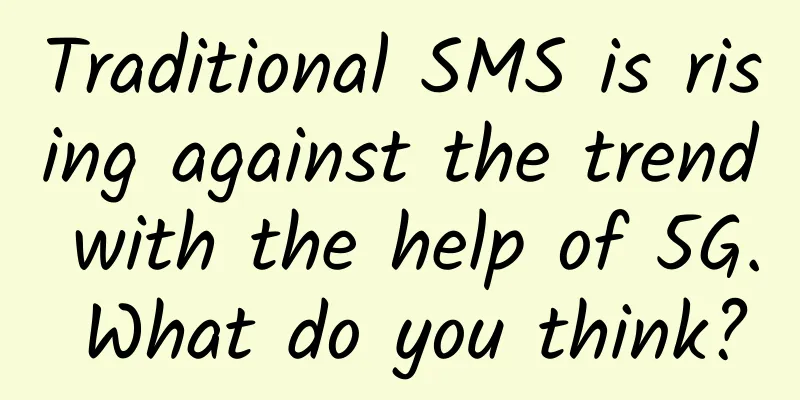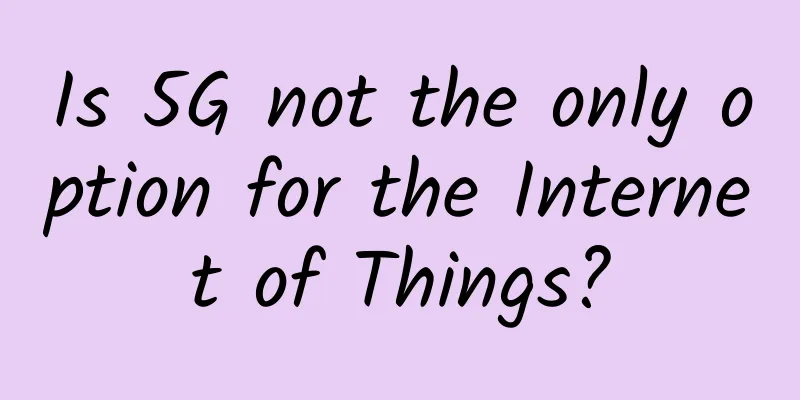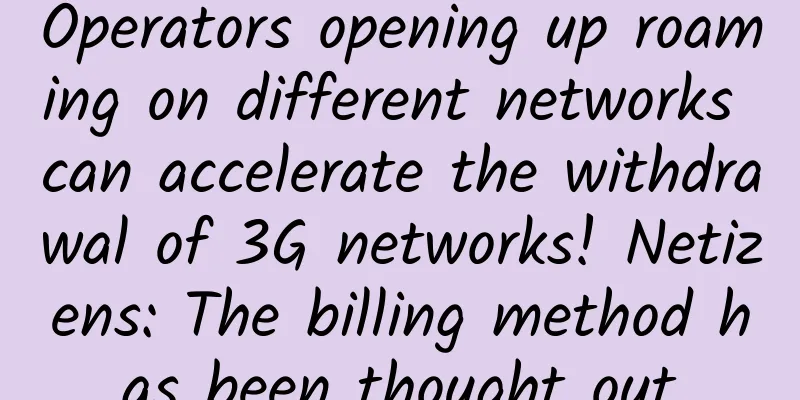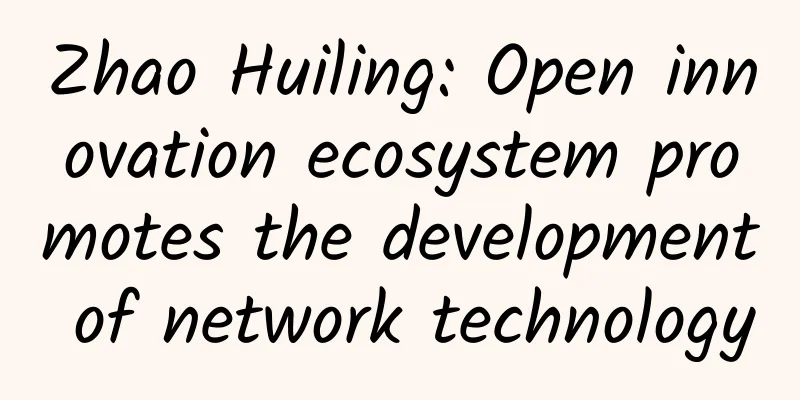I strongly oppose passing data between services through cache!
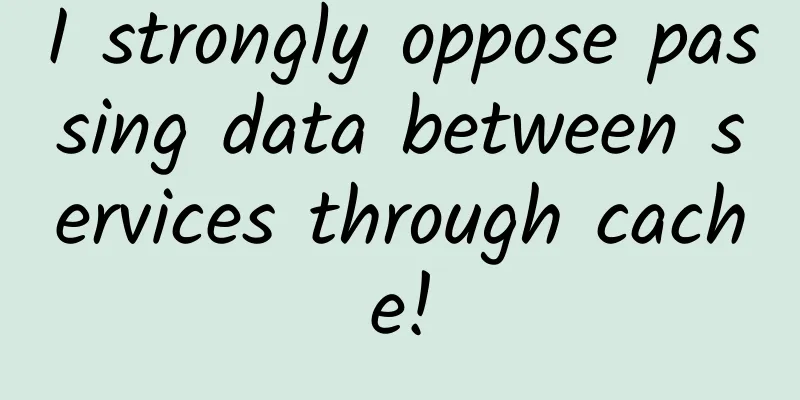
|
The movement of data requires a carrier, and DB and cache are common data storage carriers. As shown above:
The benefits of cache as a data storage medium are:
So here comes the question:
Regarding this architectural design, I would like to share my personal views. Do you support this architectural design?Let me first state the conclusion. The original poster is clearly against "transferring data between services through cache". Why oppose?There are three core reasons. First point: In the data pipeline scenario, MQ is more suitable than cache.If you simply use the cache as a pipeline for data communication between two services, service-A produces data, and service-B (of course, there may be service-C/service-D, etc.) subscribes to the data, MQ is more suitable than cache: (1) MQ is a common logical decoupling and physical decoupling component on the Internet. It supports 1:1 and 1:many modes and is a very mature data channel. (2) The cache will couple service-A/B/C/D together, and everyone needs to work together to agree on the key format, IP address, etc.; (3)MQ can support push, while cache can only pull, which is not real-time and has a delay; (4)MQ naturally supports clustering and high availability, but cache may not; (5)MQ can support data landing, and cache can store data in memory, which is "volatile". Of course, some caches support landing, but the principle of Internet technology selection is to let professional software do professional things: nginx is used as a reverse proxy, db is used for solidification, cache is used for caching, and mq is used for channels; In summary, MQ is more suitable than cache in data pipeline scenarios. Second point: In the data co-management scenario, two (or more) services reading and writing a cache instance at the same time will lead to coupling.If it is not a data pipeline, but two (or more) services co-manage data in a cache and read and write at the same time, it is also not recommended. These services will be coupled together because of this cache: (1) Everyone needs to work together to agree on the key format, IP address, etc., coupling; (2) Agreeing on the same key may result in data overwriting, leading to data inconsistency; (3) Different service business models, data volumes, and concurrency are different, which may affect each other because of a cache. For example, if service-A has a large amount of data and occupies most of the cache memory, it will cause all the hot data of service-B to be squeezed out of the cache, causing cache failure. Another example is that service-A has a high concurrency and occupies most of the cache connections, which will cause service-B to be unable to obtain cache connections, resulting in service anomalies. In summary, in the scenario of data co-management, it is not recommended to couple multiple services in one cache instance. Vertical splitting and instance decoupling are required. The third point: data access scenario, two (or more) services have the need to read and write a copy of data.According to the principle of service-oriented, data is private (essentially decoupled): (1) The service layer shields the complexity of the underlying storage engine, sub-library, and chain from data demanders; (2) Any demander cannot bypass the service to read or write data on its backend; Assuming that other services need to obtain data, they should be accessed through the RPC interface provided by the service instead of directly reading and writing the backend data, whether it is cache or database. In summary
[This article is an original article by 51CTO columnist "58 Shen Jian". Please contact the original author for reprinting.] Click here to read more articles by this author |
Recommend
Web3.0 Technology: Unlocking the Future of the Internet
The Internet, the dynamic force that has reshaped...
Is 5G really green, or will it consume more resources?
The tech industry has long sought to ally itself ...
Detailed Explanation of WiFi Wireless Network Technology
Introduction to Wireless Networks Wi-Fi is a tech...
How to optimize network operations in times of change
As the impact of the coronavirus pandemic has cha...
Summary information: Hengchuang Technology/Wuyou Cloud/Hengtian Cloud/Ceraus/ServerSuper
At the beginning of 2022, we received New Year pr...
2021 China Internet Haha List 2: Top Ten Events
In 2021, the Internet industry has emerged with m...
2021 Apps UP Competition | Huawei Chen Lifang: The stars will never fade, let’s walk hand in hand
[Beijing, June 10] The 2021 Huawei HMS Global App...
Wireless sensor network standardization progress and protocol analysis
[[188829]] As an application-oriented research fi...
Efficiently build vivo enterprise-level network traffic analysis system
1. Overview With the rapid development of network...
AvenaCloud: €11.5/year - 1GB/10GB SSD/100M unlimited traffic/Moldova complaint-resistant VPS
AvenaCloud is a Moldovan hosting company establis...
Why does TCP use the "three-way handshake" to establish a connection? An example will teach you
First of all, why is it a three-way handshake? Af...
BuyVM: 1Gbps unlimited traffic VPS monthly payment starting from 3.5 Canadian dollars, Las Vegas/New York/Miami/Luxembourg and other data centers
BuyVM is a long-established foreign VPS hosting c...
AkkoCloud: UK CN2 GIA/Germany CN2 GIA/US CN2 GIA annual payment starts from 299 yuan
At present, it is still a good choice to visit ov...
The “long and short” debate on WeChat video accounts
[[345275]] During the National Day holiday, WeCha...
The second half of the 5G era begins
On June 6, 2019, China officially issued 5G licen...

